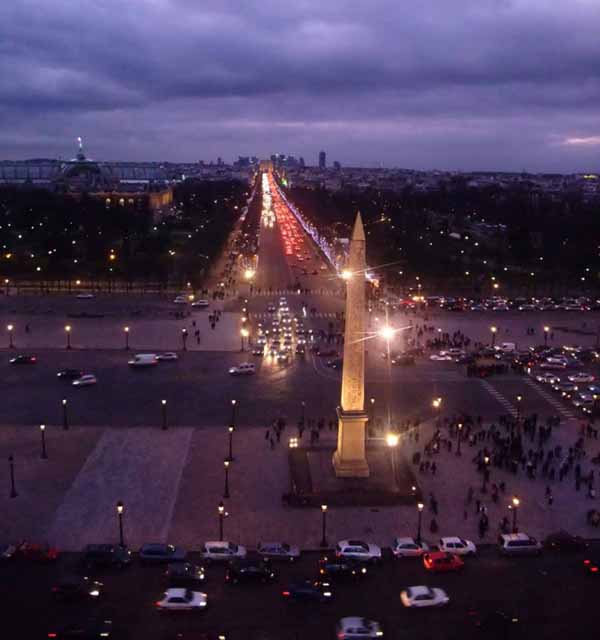The European Commission is expected in 14% of the EU region the share of consumption of lighting in the world, accounting for 19%. But this proportion rising rapidly in European cities, the lighting of these areas accounted for half of the total electricity consumption, which means that the energy demand of the development of high-efficiency led roadway lighting will have a major impact.
But in many cities government this awareness is not enough, some awareness of the city is facing other challenges. In the Green Paper, the Commission said: “A lot of cities are reluctant to solid-state lighting is widely used in the field of outdoor lighting, this is mainly because of the relatively high upfront investment costs and a tight annual budget of conflict. There are also some other reasons, such as quality certification system and the lack of specification development standards. ”
For residential customers, there are similar difficulties. The European Commission said that sales and production of solid-state lighting will bring a revolution. The Green Paper proposes to provide financial incentives for residential customers to purchase and installation of solid-state lighting, and gas, power and communications, lighting can also be the form of services, rather than simply through the purchase of SSL light bulb. In this way, the led roadway lighting company can take on the cost of installation, and then return on investment from the savings in energy use.
The European Commission forecast, lighting and services market to the intelligent lighting systems and services, the changes will have a major impact. A growing number of lighting companies will enter the lighting market, resulting in the lighting industry consolidation. Customized solutions will be the lighting industry is a growth opportunity.
Europe Philips and Osram, the two major world’s leading lighting companies and the led roadway lighting manufacturers, solid state lighting development is still relatively slow. The European Commission believes that other countries, especially China, Korea and Japan, the strong support of the government and national strategies to promote the rapid development.
The European Commission said that Europe must address the current barriers to the development of solid-state lighting and help the European lighting industry to stay ahead of global competitiveness. The European Commission put forward a number of key strategic issues: the European development of the technology into the ability of the products sold, and to strengthen cooperation in the value chain, as well as the use of intellectual property rights.
OFweek semiconductor lighting on February 6, 2012, the European Commission has photoelectric listed as a key enabling technology, the European Commission is making great efforts to promote large-scale expansion of the solid-state lighting in Europe, in order to reduce energy costs, and promote the lighting industry developments.
led roadway lighting can bring significant benefits, but to become a truly mainstream technology and is also facing many challenges, especially the cost, standardization, and public awareness. The European Commission wants to ensure that the major economies of Europe will not lag behind the other, equally he tried to develop solid-state lighting.
McKinsey & Company, a recent report shows that in 2010, the global lighting market size of about 52 billion euros, of which Europe accounted for nearly 30% of the share. 2020, the global lighting market will reach 88 billion euros, and then rising with the share of developing countries, only 25% in Europe.

The European Commission said that Europe must address the current barriers to the development of solid-state lighting and help the European lighting industry to stay ahead of global competitiveness.
The European Commission acknowledged that, while the European lighting industry has 150,000 employees, but the led roadway lighting production is very limited. A subsidiary of Philips Lumileds is a major LED streetlight chip manufacturers, but Lumileds in San Jose, California and Asia the production of led roadway lighting. Therefore, a subsidiary of OSRAM Opto Semiconductors to become the leading manufacturer of mass production of led roadway lighting, the only company in Europe.
Osram and Philips is the main representative of the European lighting technology and industry influence, but in other countries outside Europe and the company is rapidly advancing the development of LED solid-state lighting, fear of being left behind in Europe. The figure shows the “Mega Zeni, Japanese electronics giant Sharp led roadway lighting modules. The module provides up to 100 lm / W white light efficiency, and is designed for indoor and led roadway lighting applications.
The Green Paper also emphasized the dependence of the led roadway lighting technology for scarce raw materials, including the led roadway lighting chip emitting layer of indium and gallium, and yttrium, cerium and other rare earth elements used in the phosphor in the led roadway lighting blue light into white light. China has more than 95% of the rare earth supply, and exports were strictly limited.
The European Commission put forward a number of key strategic issues: the European development of the technology into the ability of the products sold, and to strengthen cooperation in the value chain, as well as the use of intellectual property rights.
The European Commission called on the European lighting industry for the “Horizon 2020” innovative plans to seek public support to launch their own programs to promote cooperation between large enterprises and SMEs, and industry standards developed jointly with the European institutions.
